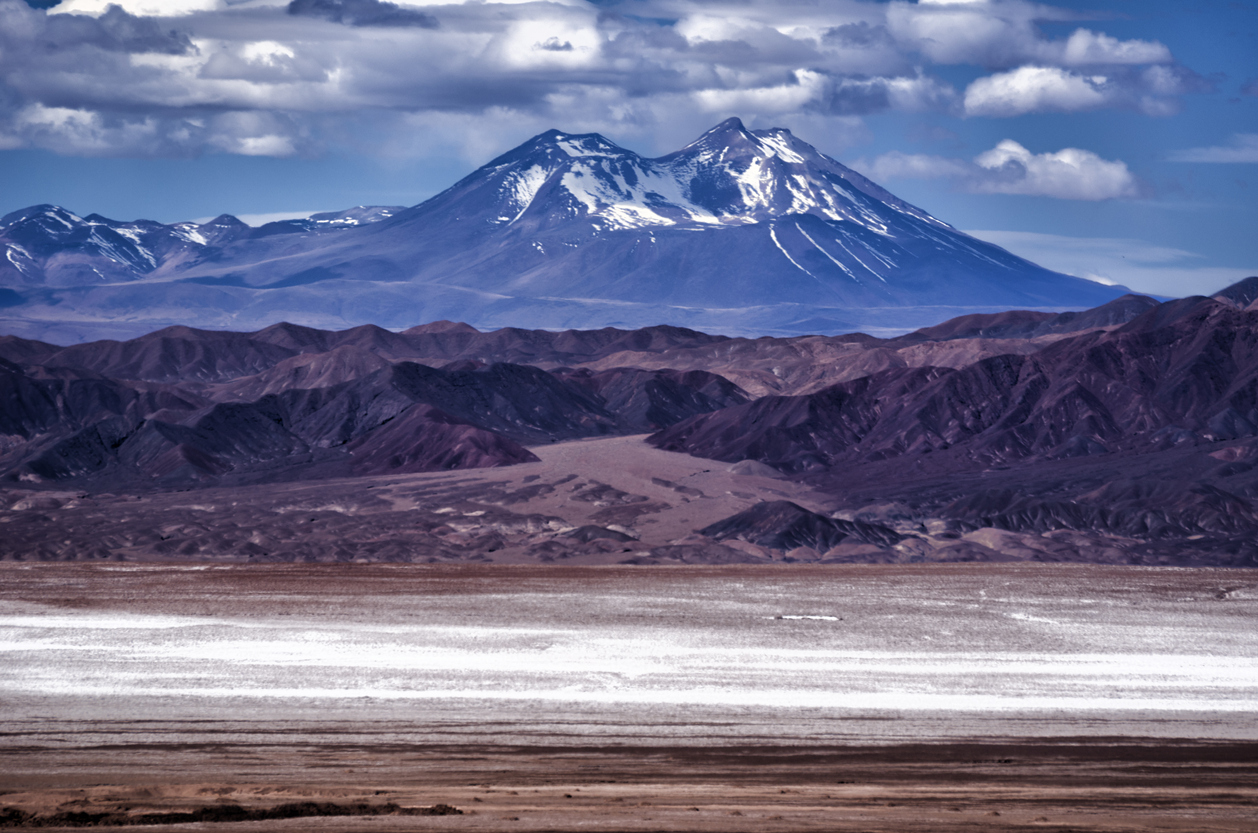
Chile holds the largest known lithium reserves, and miners have been clamoring for tenders consistently since the first discoveries and mapping were conducted. Now, the Latin American nation is opening a tender for the exploration and production of 400,000 tonnes of lithium.
This move by the Chilean government is an effort to reclaim market share from competitors like the Democratic Republic of Congo, Australia, and China, and fill some of the growing demand for lithium due to its use in electric vehicles and technology. Up until 2018, Chile was the world’s top lithium producer.
However, Australia displaced Chile, and China is fast approaching the point where it will be the second-largest lithium producer with a projected timeline of the end of this decade. For example, China’s Ganfeng Lithium is a majority shareholder in Argentina’s plant Cauchari-Olaroz. Production is scheduled to begin in mid-2022 and become one of the world’s leading lithium production mines.
Chile still produced approximately 29% of the world supply. No small feat for the smaller nation competing on the international stage. The government has ambitions set much higher though, and it looks to double production to 250,000 tonnes of lithium carbonate equivalent (LCE) by 2025.
Chile’s mining ministry projects show that global demand for lithium could quadruple by 2030 – a total of 1.8 million tonnes. Even if Chile doubles it production and new lithium projects come online, available supply is projected to be 1.5 tonnes, a significant deficit. This will likely drive prices higher and create a further wave of new projects and new tenders becoming available.
The tender is being prepared with rules that will make it available to local firms and foreign firms alike. The tender will split the 400,000 tonnes into five quotas of 80,000 tonnes each. Winning permits will mean companies have seven years to explore and develop projects. This is extendable by two years if needed. Following development, the tender will allow permit 20 years of production, according to the mining ministry.
Right now, there are two major lithium miners that dominate the market: Albemarle (NYSE:ALB) and SQM (NYSE:SQM). Their primary and most profitable location for extraction is in Chile’s Atacama Desert. The desert is one of the driest places on earth and creates ideal conditions for lithium extraction. The extraction process requires pumping brine from beneath surface and then concentrating the brine using evaporation pools.
They pump the brine from the vast salt plain of Salar de Atacama in Chile to 80 km2 basins. The salt flats and surrounding mountains have allowed rainfall to accumulate over millions of years, forming a salty brine that has become trapped in underground reservoirs. Lithium extraction in Chile is currently taking place in the Atacama Plain, but the Maricunga Plain is believed to hold the largest lithium reserves in the country.
The upcoming tender is designed to shift the dynamics of the global lithium market and help Chile compete with its global competitors. With the rise of China’s lithium mining giant, and the two dominant miners continuing to expand their footprints, Chile will open up the tender in the hopes of creating some of the biggest lithium projects of the next decade. This is all aimed at the mission of doubling production.



 Follow us on Twitter
Follow us on Twitter Become our facebook fan
Become our facebook fan











Comments are closed.